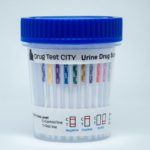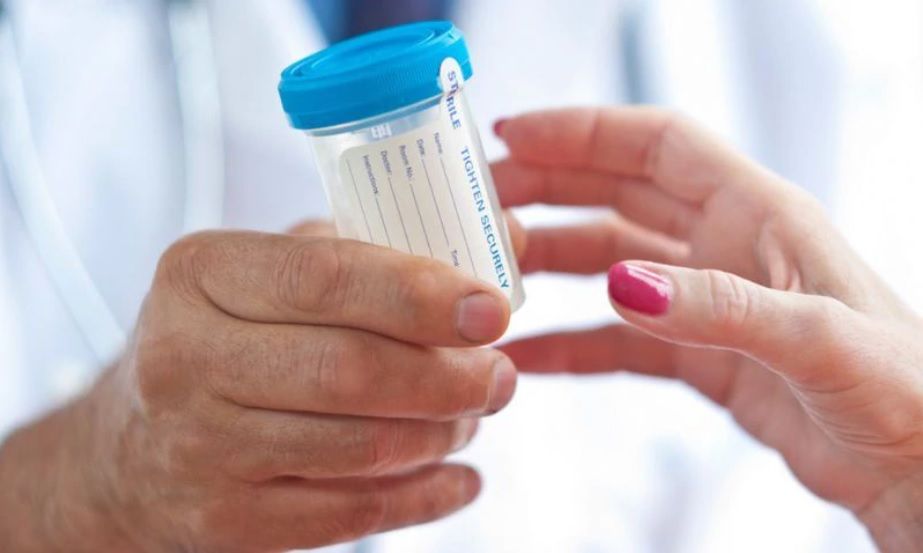
When people fail drug tests they often claim that it was faulty or there is some mistake. In most cases this is a ruse and the individual is dirty, but false positives on drug tests are real and many innocent patients have failed a drug test only to be vindicated later on by a confirmation. So what exactly is a false positive on a drug test and when is it just another attempt at subverting drug test results?
What is a False Positive on a Drug Test?
A false positive is a drug test result that is not accurate due to another substance mimicking the target metabolite.
The majority of false positives are caused by medications, foods, and supplements that are well known to cause false readings on a drug test.
Some people have gotten a false positive from second hand marijuana smoke. The most common false positives are for benzodiazepines, amphetamine, methamphetamine, marijuana and opiates.
A presentation given at the American Psychiatric Association’s annual meeting in 2010 by a researcher at the VA Medical Center in Black Hills South Dakota, Dwight Smith, 5 to 10 percent of all drug tests result in false positives and 10 to 15 percent result in false negatives.
My anecdotal research at a healthcare facility where I tested hundreds of patients each month did not support these high numbers, but we did experience a 1 to 3 percent occurrence of false positives.
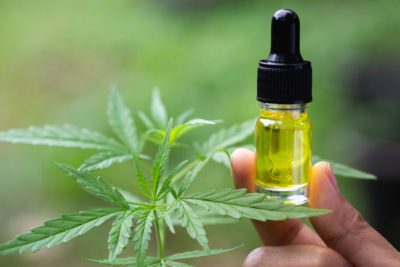
Most studies show that second hand smoke from marijuana and crack cocaine do not cause false positives but there have been anecdotal cases. The growing popularity of CBD products and confusion about which products contain trace amounts of THC have cause some false positives.
Many drugs have multiple identified metabolites and different immunoassays and equipment use different technologies to bind antibodies. The regeants in multi-drug test cups are generally the most stable and prominent metabolites of each drug.
Some substances will cause a false positive on a specific test under specific circumstances, but will show as negative when retested for different metabolites or using different equipment.
Legitimate false positives are rare unless a patient is prescribed a drug that is well known for causing false positives.
What Should testing Programs Do About False Positives?
Always acquire a thorough list of all the patient’s prescription, over the counter and herbal medications prior to testing. Interview the patient to find out if they drink energy drinks or eat any products that are known to cause a false positive.
Discuss adherence to medications and instruct them about how much water to ingest prior to testing to keep from diluting a sample.
A good practice is to ask an individual that just failed a drug test if they are positive for the substance. Encourage an honest answer and let them know that lying about it will only damage their desired outcome. Many people will admit to a mistake.
Always send contested drug test results to a lab for confirmation. Let the individual know that their sample will be sent to a lab that can confirm exactly what substance triggered the positive result.
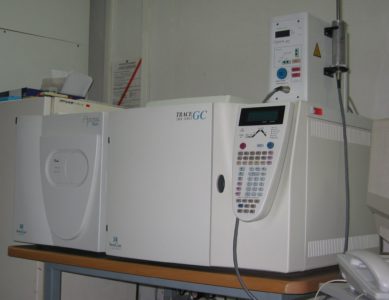
When you receive the results back schedule a consultation with the individual and give them another chance to admit to their drug use before revealing the lab results.
Many courts have started programs where criminals that are alcoholic are given home incarceration on non-violent charges if they install a phone that has a breathalyzer built in. Probationers and prisoners that sign up for these programs agree that even if a positive reading comes from using mouth wash that is doesn’t matter and they will be violated as an offence.
A lot of our customers send all positive tests to a lab for confirmation, but also make decisions for care and treatment based on the results of the instant drug test.
Always instruct your clients that false positives are treated as a failed test until a lab returns the confirmation results and it is their responsibility to educate themselves about substances that could possibly affect their test results.
What is The Most Common False Positive on a Drug test?
The most common false positive in drug testing is amphetamine and methamphetamine caused by other stimulants. PCP, THC, and benzodiazepines are also common false positives. There are many substances that can interfere with the enzymes used in immunoassay drug tests when ingested in large quantities.
Things That Can Cause a False Positive on a Drug Test
One study found adulteration from household cleaning products H202 and Joy detergent caused false positives for benzodiazepines and sodium bicarbonate caused extremely high pH levels.
One study found that gentle baby soaps Johnson &Johnson, CVS Nighttime Baby Bath, Aveeno Soothing Relief Creamy Wash, and J&J Bedtime Bath caused false positives for THC for infants being tested due to their mother’s suspected drug use.
Since drug testing is used so frequently in so many applications many organizations conduct studies about false positives. Still there are so many substances humans ingest and interact with that we couldn’t possibly identify them all.
Below is a list of medications and other substances that are known to cause false positives in urine drug screens. Some will often cause an inaccurate result while others almost never do.
Once a possible cross contamination is identified use multiple confirmation methods and research the history of that medication in causing false positives. Most of these medications were identified through scientific research, but a few are from anecdotal observations at medical facilities.
What will mess up a urine test?
A few things can mess up a urine test, the most common is over dilution from drinking too much water. Other things like poppy seeds, over-the-counter medications, and certain types of CBD therapies will cause false positives.
Most drug tests are 95%-99% accurate, and aren’t affected by false positives.
Marijuana (THC) False Positives
In a study conducted to find if second-hand marijuana smoke would cause a false positive 3 non-smokers were exposed to 8 marijuana smokers who smoked 32 joints in total in a 10×10×8-ft enclosed room. No samples from the nonsmokers exceeded the federal mandated threshold. However marijuana has increased in potency since this study.
The metabolite of THC is metabolite 11-nor-delta-9-tetrahydrocannabinol-9-carboxylic acid (THC-COOH). Even though excessive intake of several substances have caused a false positive for THC, the only drug that is likely to cause a false positive is Efavirenz (Sustiva). Other known false positives are very unlikely.
- Ibuprofen (Study)
- Hemp Seeds
- Efavirenz (EFV, Sustiva)
- Ibuprofen
- Naproxen
- Niflumic Acid
- PPIs (Omeprazole)
Cocaine False Positives
In a study to find if being exposed freebase crack cocaine vapors would cause a false positive, 6 volunteers in an 8×8×7-ft enclosed room were exposed to 200 mg freebase cocaine vapor; none of their urine samples exceeded the federal threshold.
Individuals that work in a jobs such as law enforcement and medicine that handle cocaine are at risk for testing positive. Cocaine can be absorbed through the skin.
A study of crime lab technicians showed 33% of subjects tested positive after analyzing solid dosage forms of cocaine. Levels in two criminologists working with large amounts of cocaine in a small room were measured up to 278 ng/mL when wearing a face mask and gloves and up to 1,570 ng/mL when wearing gloves only.
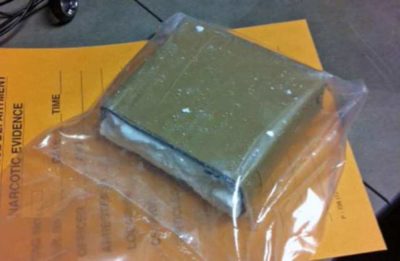
In a study of physicians administering cocaine to a patients, one physician in the group not wearing gloves had a positive test with 53 ng/mL of the cocaine metabolite in his test eight hours following exposure. Results were negative in the group wearing gloves. Another physician in this study was asked to handle cocaine for two minutes and wait 15 minutes before hand washing every two hours. This physician had a positive test of 245 ng/mL 18 hours after exposure.
Many public surfaces have been shown to be contaminated with cocaine. An analysis of 234 banknotes from 18 different US cities found that 90% contained traces of cocaine. 85% of bills in Canada had traces of cocaine and 80% of bills from Brazil. They contained up to 2,350 micrograms.
Scientific studies have found no evidence that Lidocaine or norlidocaine can cause a false positive on standard cocaine tests, but there is anecdotal evidence it is possible.
Opiates False Positives
In 1998, the federal government increased the threshold defining a positive screen for urine morphine and codeine from 300 to 2000 ng/mL to reduce spurious reports of opiate-positive tests from poppy seed consumption.
Synthetic and semi-synthetic opiates are sometimes detected in an opiate drug test, but sometimes are not. One study found that oxycodone was detected in 12% of opiate immunoassay tests.
Given this inconsistency separate tests have been developed for semi-synthetic opiates oxycodone, hydromorphone, oxymorphone, levorphanol, buprenorphine and synthetic opiates fentanyl, methadone, propoxyphene, meperidine, tramadol, pentazocine. The most common pharmaceutical opiates are included in some multi panel tests while others must be performed separate.

- Poppy Seeds
- Codeine
- Dextromethorphan (Robitussin, Delsym)
- Dihydrocodeine
- Diphenhydramine (Benadryl, Advil PM)
- Levofloxacine
- Ofloxacine
- Naloxone
- Pentazocine
- Quetiapine
- Rifampicin
- Doxylamine
- Fluoroquinolone
Methadone False Positives
- Tapentadol
- Verapamil
- Cyamemazine
- Creatinine
- Doxylamine
- Quetiapine (Seroquel)
- Thioridazine
- Diphenhydramine
- Clomipramine
- Chlorpromazine
- Levomepromazine
Buprenorphine False Positives
- Codeine
- dihydrocodeine
- Amisulpride and sulpiride
Benzodiazepines False Positives
- Oxaprozin (Study)
- Sertraline (Zoloft)
- Efavirenz (EFV, Sustiva)
Amphetamine False Positives
- Pseudoephedrine (Sudafed)
- Phentermine (Adipex)
- Dimethylamylamine (DMAA)
- labetalol
- Bupropion (Wellbuturin)
- Chlorpromazine
- Metformin (Glucophage)
- Ofloxacin
- Promethazine
- Trazodone
- Fluoxetine (Prozac)
- Methylphenidate (Ritalin)
- Vicks Inhaler
Methamphetamine False Positives
- levomethamphetamine
- Metformin (Glucophage)
- Fluoxetine (Prozac)
- Labetalol
- Methylphenidate (Ritalin)
- Vicks Inhaler
Tricyclic Antidepressants (TCA) False Positives
Tricyclic Antidepressants replaced PCP on many multi drug screens because so many TCAs cause a false positive for other drugs. Having the TCA strip on your multi-panel drug test can help identify cross-reactions with other drugs.
- Seroquel (quetiapine fumarate)
- Trileptal (oxcarbazepine)
- Benadryl (diphenhydramine)
- Flexeril (cyclobenzaprine)
- Thioridazine
- Thorazine (chlorpromazine)
Barbiturate False Positives
- Ibuprofen
- Naproxen
PCP False Positives
- Venlafaxine
- Tramadol
- Dextromethorphan (Robitussin, Delsym)
- Doxylamine
LSD False Positives
- Ambroxol
- Ergonovine
- Lysergol
- Amitriptyline (Amitril)
- Diltiazem (Cardizem)
- Fluoxetine (Prozac)
- Labetalol
- Methylphenidate (Ritalin)
Additional Sources:
False-Positive Interferences of Common Urine Drug Screen Immunoassays: A Review
Alec Saitman, Hyung-Doo Park, Robert L. Fitzgerald
Journal of Analytical Toxicology, Volume 38, Issue 7, September 2014, Pages 387–396
Analysis of the cocaine metabolite in the urine of patients and physicians during clinical use
Bruns AD, Zieske LA, Jacobs AJ.
Otolaryngol Head Neck Surg. 1994; 111: 722-6
Occupational exposure to cocaine involving crime lab personnel
16. Le SD, Taylor RW, Vidal D, Lovas JJ, Ting E. .
Journal of Forensic Science. 1992; 37(4): 959-68.

